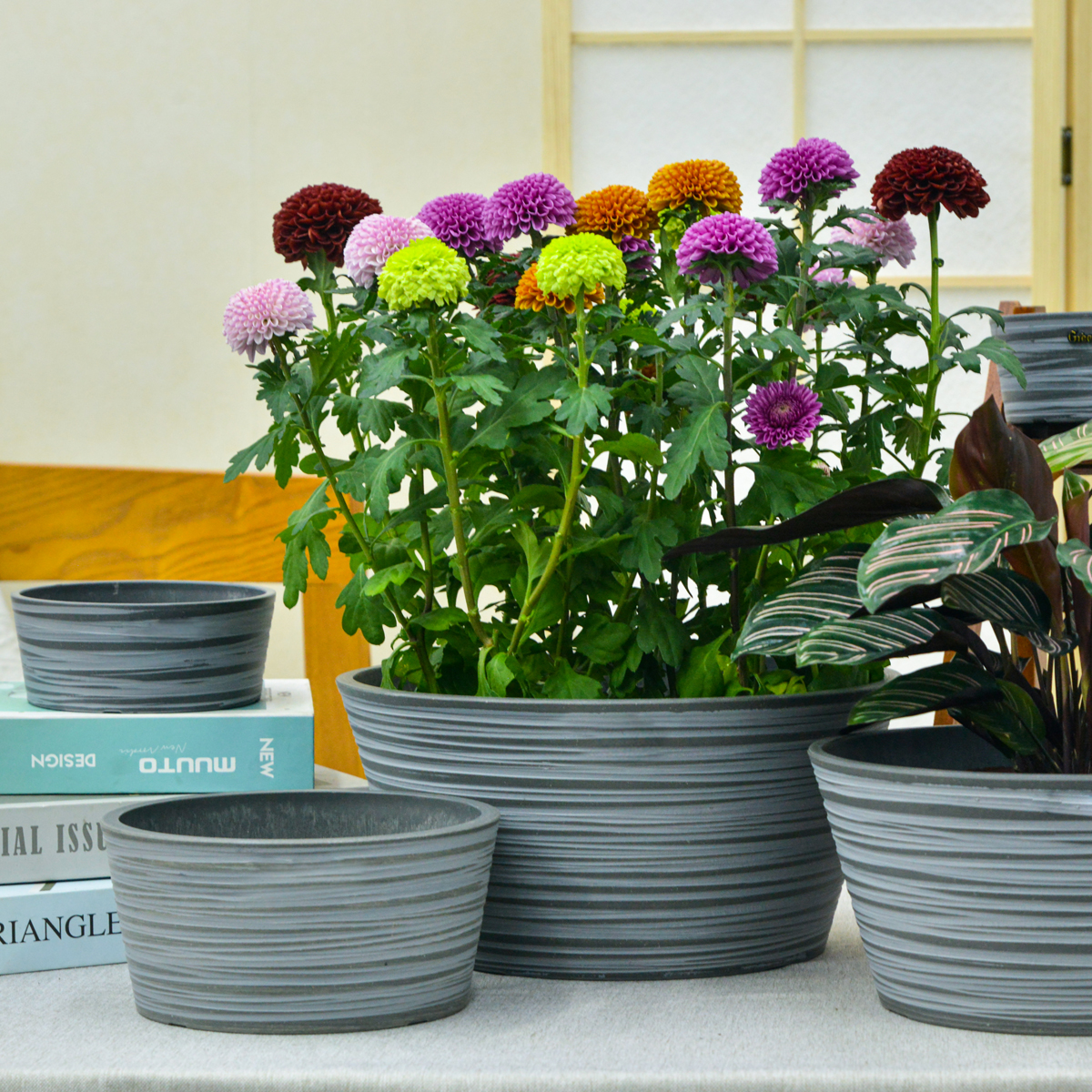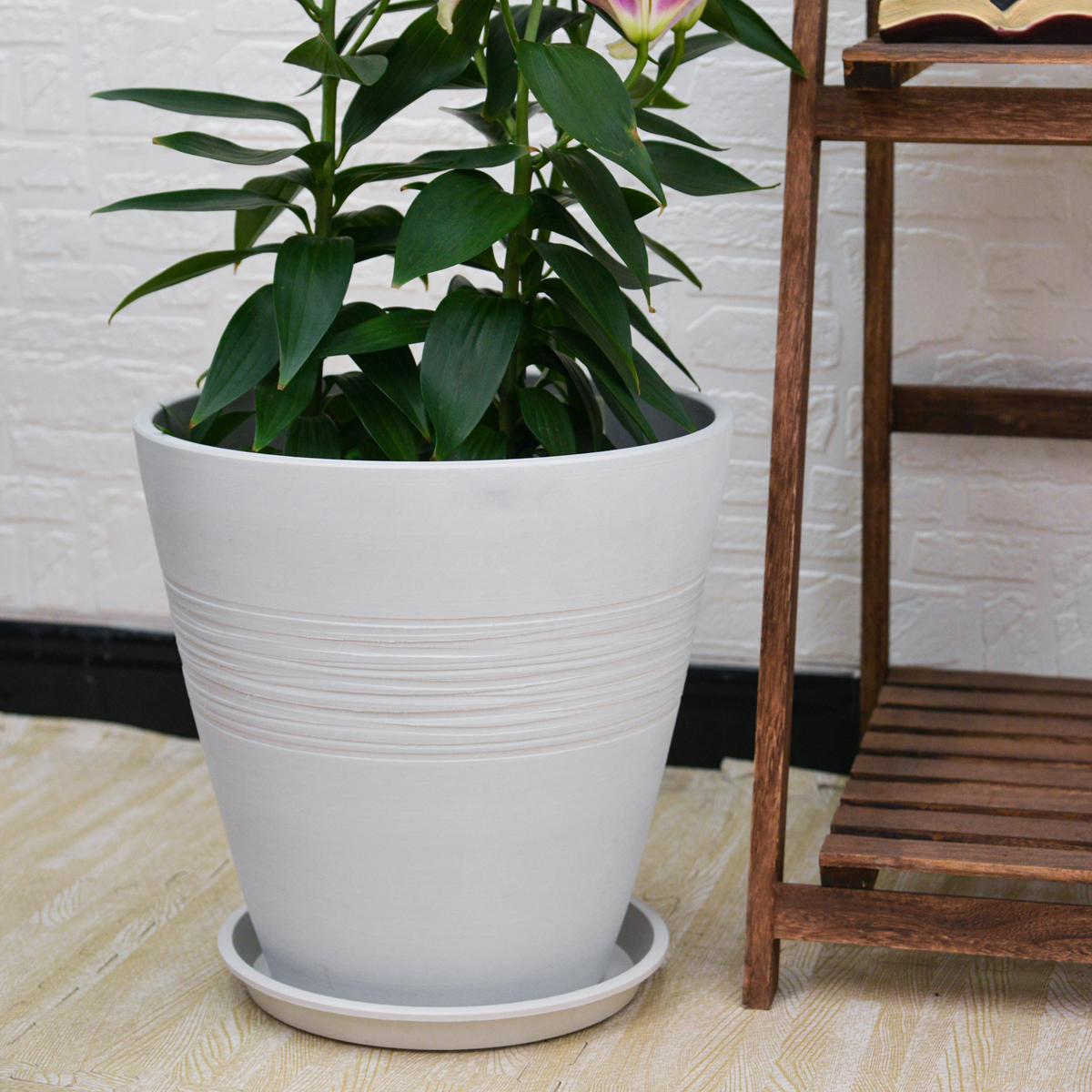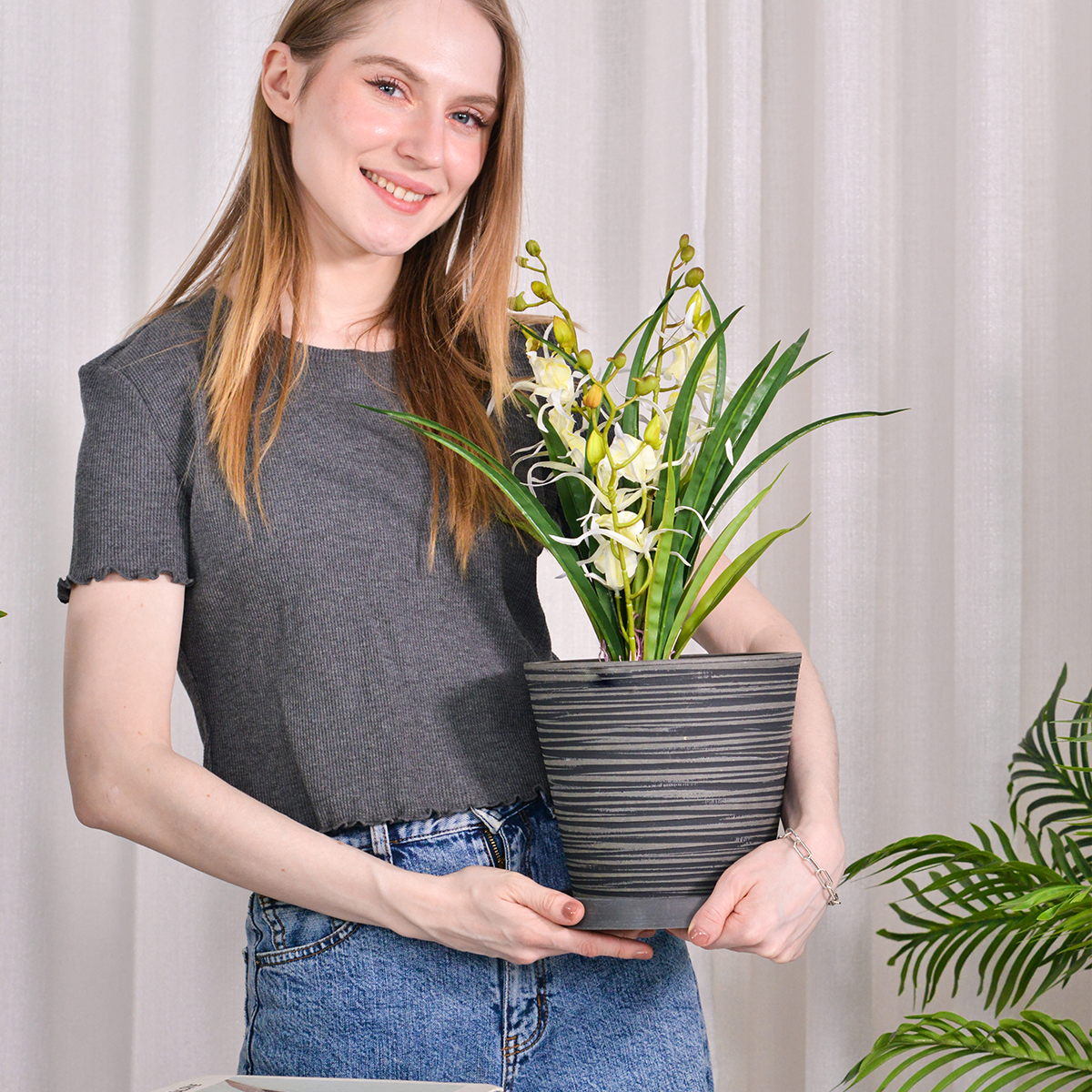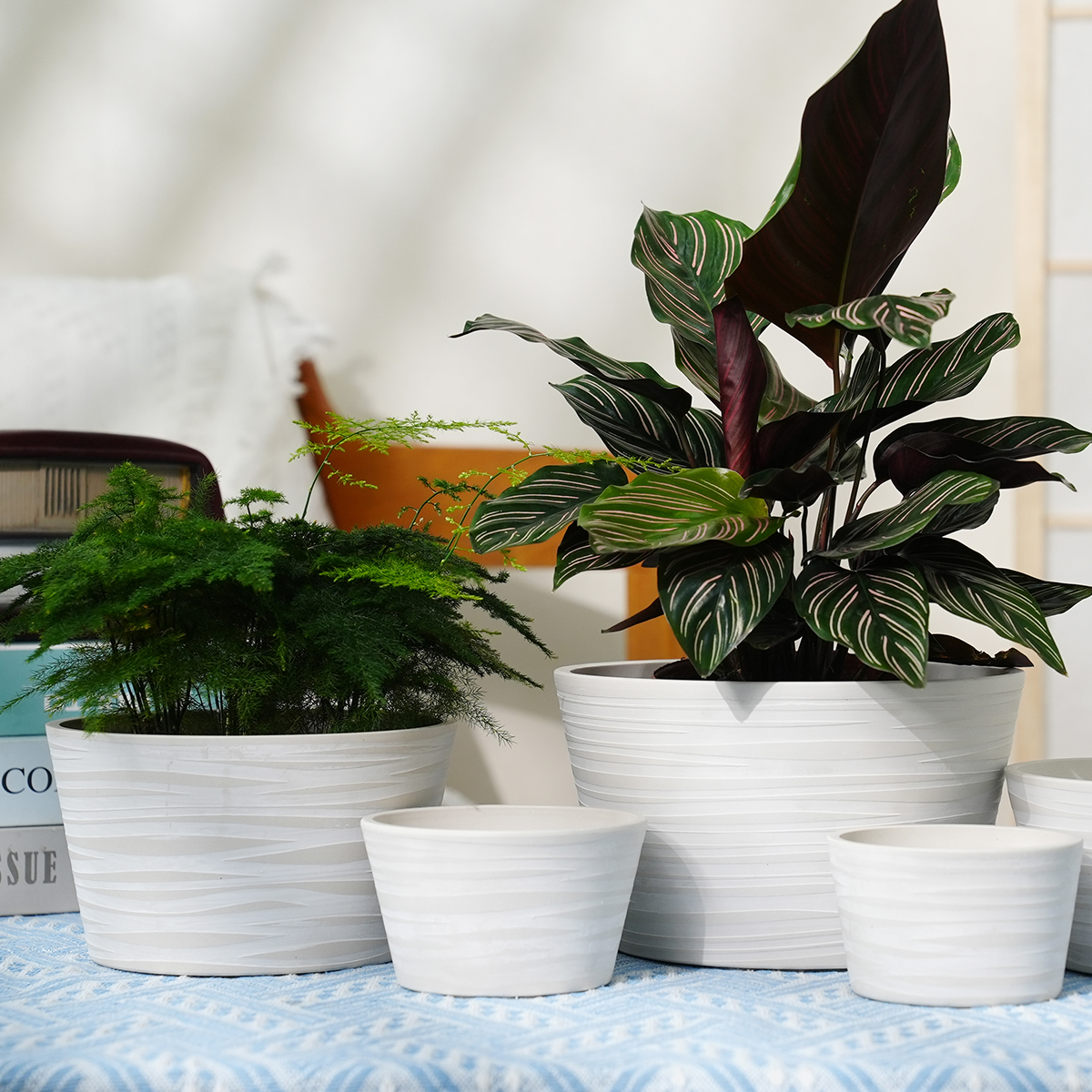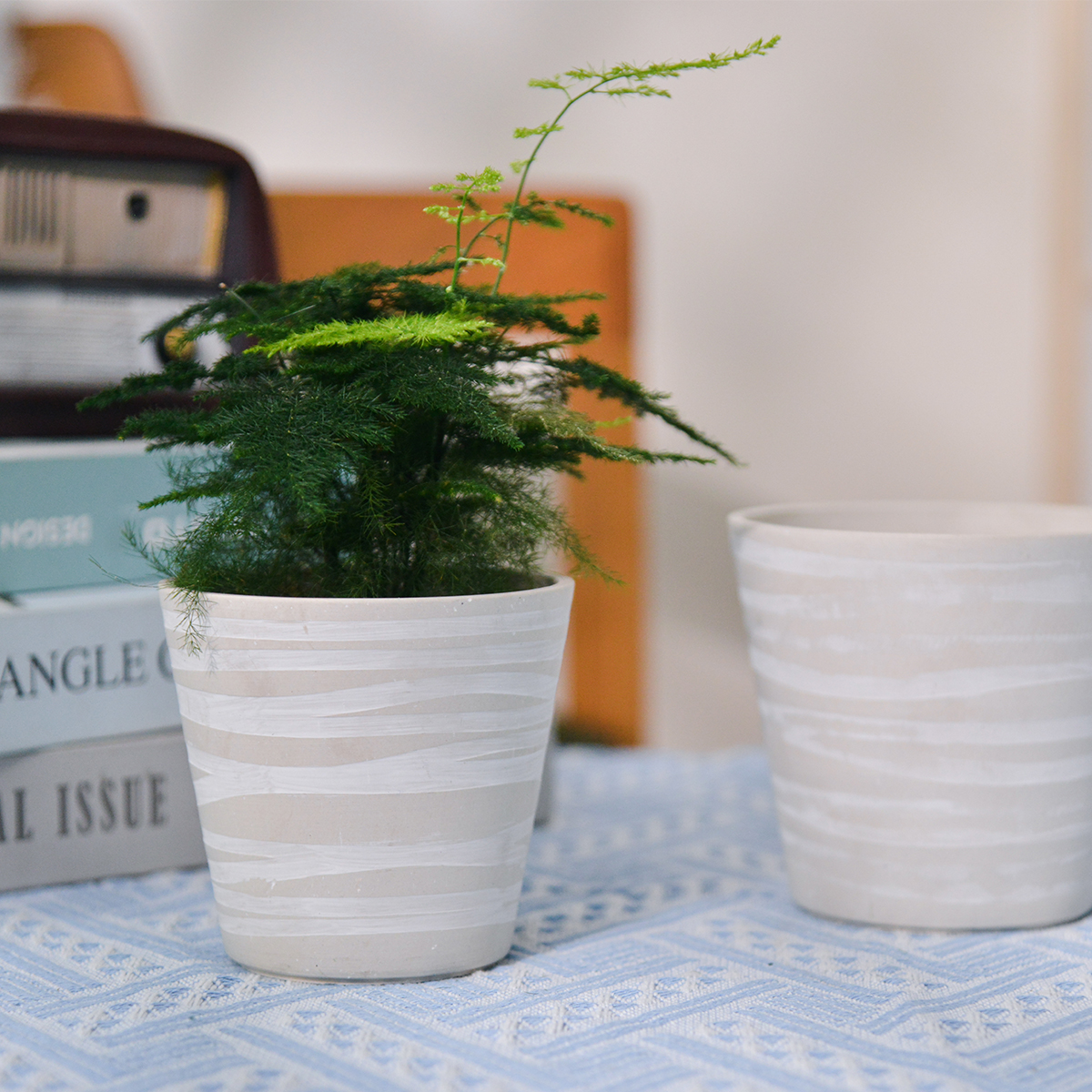How to Make My ZZ Plant Look Bushier and Healthier?
A lush and vibrant ZZ plant (Zamioculcas zamiifolia) can be a stunning addition to any indoor space. If your ZZ plant is looking a little sparse or lackluster, there are several key steps you can take to encourage bushier growth and overall health. For American plant parents aiming for a thriving ZZ plant, here’s how to achieve a fuller, healthier look:
Key Factors for a Bushier and Healthier ZZ Plant:
1. Optimal Light Exposure:
While ZZ plants tolerate low light, providing them with bright, indirect light is crucial for vigorous growth. Place your plant near an east- or west-facing window, or a few feet back from a south-facing window. Rotating the plant regularly will ensure all sides receive adequate light, preventing legginess.
2. Proper Watering Habits:
Watering correctly is fundamental to ZZ plant health. Remember that these plants are semi-succulent and prefer to dry out between waterings. Only water thoroughly when the top inch or two of soil feels completely dry. Avoid overwatering, which is the most common cause of problems like root rot and yellowing leaves.
3. Well-Draining Soil:
Ensure your ZZ plant is planted in a well-draining potting mix, such as a cactus or succulent blend, or an all-purpose mix amended with perlite and sand. This allows excess water to escape, preventing soggy conditions that can hinder growth.
4. Strategic Pruning:
Pruning can encourage your ZZ plant to produce more new shoots from the base, leading to a fuller appearance. Trim back any leggy or sparse stems using clean, sharp pruning shears. This directs the plant’s energy into producing new growth.
5. Occasional Fertilizing During Growing Season:
While not heavy feeders, ZZ plants benefit from occasional fertilization during their active growth period (spring and summer). Use a diluted, balanced liquid fertilizer once a month to provide the necessary nutrients for healthy foliage development.

6. Adequate Pot Size:
Ensure your ZZ plant has enough room for its roots to grow. If the plant becomes root-bound, it may not produce as much new growth. Repot your ZZ plant into a slightly larger container (about 1-2 inches wider in diameter) every 1-2 years, or when you see roots circling the inside of the pot.
7. Maintaining a Comfortable Temperature:
ZZ plants thrive in average room temperatures between 65-85°F (18-29°C). Avoid placing them near cold drafts or extreme temperature fluctuations, as this can stress the plant.
8. Regular Cleaning:
Dust can accumulate on the leaves of your ZZ plant, hindering its ability to photosynthesize effectively. Gently wipe the leaves with a damp cloth occasionally to keep them clean and allow the plant to absorb light properly.
Signs of a Healthier, Bushier ZZ Plant:
By following these tips, you should start to see your ZZ plant looking fuller and healthier over time. Signs of improvement include:
- New shoots emerging from the base of the plant.
- More dense foliage with leaves that are vibrant and glossy.
- Sturdier stems that can support the plant’s growth.
- Overall more vigorous and lively appearance.
Remember that ZZ plants are relatively slow growers, so be patient. Consistent care focusing on proper light, watering, and soil will ultimately lead to a lush and thriving plant that enhances your indoor space.
11THD
By greenship|2024-08-13T02:52:20+00:00August 13, 2024|Categories: Hand-carving Series|
KC2-GS
By greenship|2024-08-16T06:30:21+00:00August 16, 2024|Categories: Hand-carving Series|
K2-11T
By greenship|2024-08-13T04:21:25+00:00August 13, 2024|Categories: Hand-carving Series|
HS
By greenship|2024-08-13T06:45:17+00:00August 13, 2024|Categories: Hand-carving Series|
11V
By greenship|2024-08-13T03:05:48+00:00August 13, 2024|Categories: Hand-carving Series|
20T
By greenship|2024-08-13T06:42:22+00:00August 13, 2024|Categories: Hand-carving Series|


